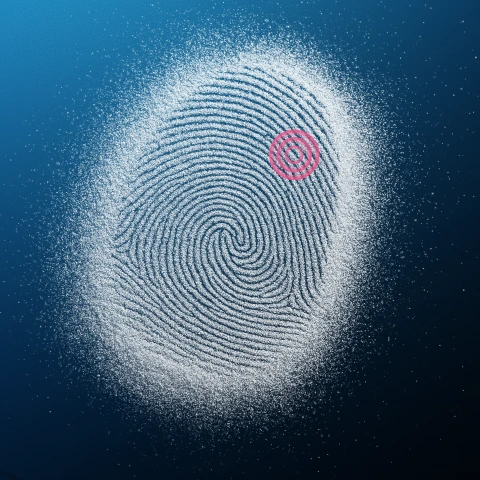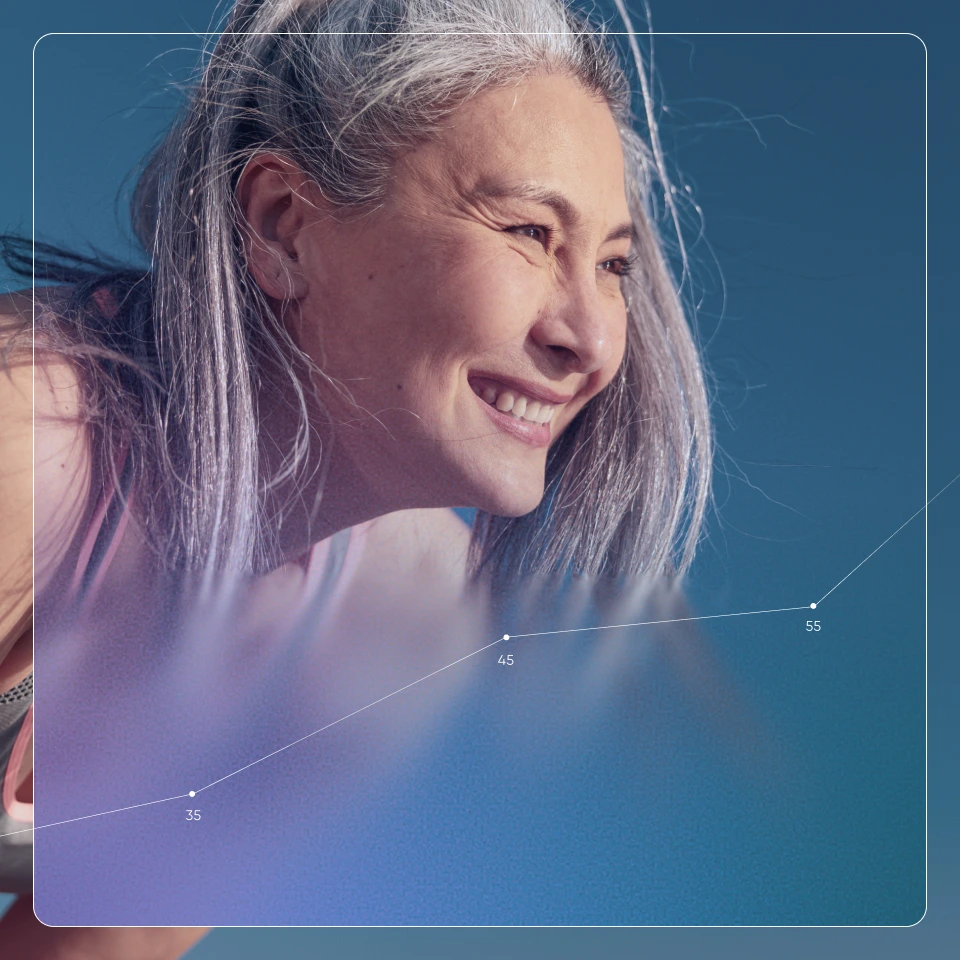Many of us may check in for a physical, see a normal blood pressure reading, basic lab work within a normal range, and the absence of the sniffles to mean that we’re healthy. That’s the mainstream approach that most of us have been conditioned to, the idea that not getting sick equals good health. But a growing number of people are taking their health even deeper by striving not just to maintain it, but to optimize it.
There’s a big difference between not getting sick and truly thriving. And more people are shifting their focus to longevity and performance, realizing that staying out of the doctor’s office isn’t the end goal. Instead, they’re working to build strength, protect their brain, spot risks early, and track progress with data instead of guesswork.
What is health maintenance?
When it comes to health, maintenance is important. That means keeping up with your doctor’s recommendations for screenings like mammograms, colonoscopies, and PAP tests. It can include establishing a relationship with a primary care physician and talking through your family history, getting regular checkups, and keeping tabs on basic vitals.
But having numbers within a “normal” range doesn't always signify good health.
- Only 12% of U.S. adults have optimal metabolic health, even if their BMI is normal.
- A mere 14% of cancer is detected by standard screenings, such as mammograms and colonoscopies.
- Around 90% of people diagnosed with kidney disease are unaware of their condition until it’s in later and chronic stages.
Routine screenings and basic check-ins provide a snapshot, but they don’t always reveal hidden risks that develop silently over time.
Why health optimization should be the new gold standard
With more health data available than ever before, people are prioritizing a deeper approach by optimizing their health instead of just maintaining it. These longevity-seekers aren’t just aiming to live longer; they want to live better, with the energy and strength to fully enjoy life. They track subtle signs in their body, and work with their healthcare providers to help catch issues early when they are most treatable and before they interfere with daily life.
Optimizing health can help you to get ahead of common conditions such as:
- Metabolic dysfunction: Up to 41% of U.S. adults meet the criteria for metabolic syndrome, a cluster of conditions that includes high blood pressure, elevated blood sugar, abnormal cholesterol, and excess abdominal fat. This can greatly increase their risk of heart disease, stroke, and type 2 diabetes.
- Muscle loss: Sarcopenia, the age-related loss of muscle mass and strength, affects approximately 10% of adults over the age of 65 years and up to 50% of those over 80. This condition increases with age and can lead to decreased mobility and increased risk of falls.
- Cognitive decline: Nearly one-third of Americans aged 65 and older experience some level of cognitive impairment. This includes about 10% who have dementia. Studies also show that Black and Hispanic/Latino older adults are at higher risk of cognitive decline compared with their White counterparts.
The key to optimized health is understanding what’s happening behind the scenes so you can improve your odds to identify issues early. This enables you to make small, targeted tweaks that could add up to big changes. For instance, early detection of muscle loss can motivate you to begin and stick with a resistance training program. Spotting initial signs of cognitive decline allows for interventions that could help preserve brain health. And identifying metabolic dysfunction gives you the chance to adjust your diet, exercise, and lifestyle habits before serious conditions like heart disease or diabetes may develop.
Tools that make optimization possible
Health optimization involves more than routine labs and basic vitals. From wearable devices that track your sleep and activity to whole body scans that examine your whole body , today’s advanced tools can provide a comprehensive picture of your health, helping you detect subtle changes and take proactive steps before issues arise.
Data tracking:
Monitoring trends in biomarkers, such as blood sugar, cholesterol, and inflammatory markers over time can provide a clear picture of your health trajectory. Regularly testing these can help flag subtle changes that if left unaddressed could become bigger chronic conditions.
Advanced imaging:
Technologies like whole body MRI can scan the body for hundreds of conditions, helping detect potential abnormalities before symptoms may appear. This can flag subtle things that could be happening without noticeable symptoms, such as organ changes, soft tissue damage, and tumor growth. This information can support you in making more informed decisions about your health at an earlier stage.
Personalized insights:
By combining imaging, lab results, and personal history, you can receive actionable, tailored health insights that can help you make more informed decisions about your health. These insights may support adjustments like tweaking your diet, changing your exercise routine, and lifestyle interventions like losing weight or reducing alcohol. Personalized insights lets you address any specific risk factors that are unique to you, rather than following generic guidelines.
A proactive partner for your health
You can’t improve what you can’t see. Prenuvo gives you a comprehensive picture of your body, helping you stay ahead of health risks. In under an hour, a whole body scan can help detect health conditions such as stage 1 cancer, silently developing aneurysms, musculoskeletal changes, organ health issues, and signs of cognitive decline.
Our Enhanced Screening goes even deeper, evaluating brain health and body composition. It measures your fat-to-muscle ratio and uncovers hidden factors like visceral fat deep behind the abdominal wall which is something a scale can’t reveal. Combined with blood tests for key biomarkers, it provides a comprehensive view of your health.
To learn more about the benefits of whole body MRI or Enhancing Screening, book a call with a member of our care team.






